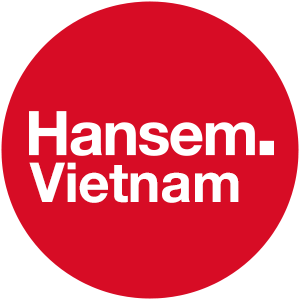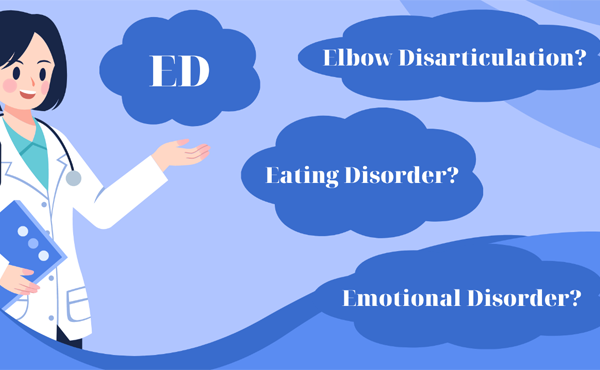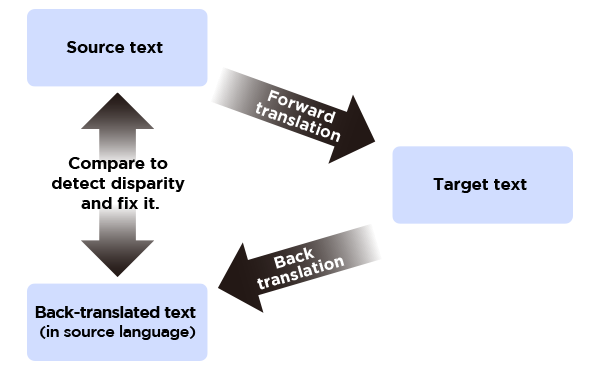

Localization


When it comes to healthcare and medical-related documents, translation plays a crucial role in providing accurate information to patients and clients. Just one translation error can lead to wrong medical decisions that cost thousands of euros and have a terrible impact on the patient’s life, as in the case of Teresa Tarry. Teresa had to undergo an unneeded double mastectomy because a translation mistake in her medical records made her doctor falsely think that she had a family history of breast cancer. This case ended with Teresa losing her job and the hospital losing €600,000 in compensation money.
The quality of medical translation should never be compromised because of the patient’s safety and trust as well as the legal implications it might bring. That’s why medical translators need to adhere to best practices in the medical domain.
The quality of a translation is mainly determined by how well the translator understands the source. However, understanding consent forms, health reports, or surgical procedures is never an easy task due to all the jargon and abbreviations in clinical settings. Luckily, there are ways to help you overcome this obstacle.

CAT Tools (Computer-aided translation Tools) are becoming more popular in the translation industry, bringing with them the great assistance of translation memory and termbase.
Translation memory stores your previously translated documents so that you don’t have to re-translate them, and termbase acts as a dictionary that has all the jargon you have researched. These two friends can ensure consistency throughout your projects, help you avoid mistranslations, and save your time.
However, you will need to update your translation memory and termbase regularly to make sure there is no outdated information. For translation memory, it’s necessary to import every newly translated document you have and scan the existing ones for errors. Frequently adding new terms as well as updating new translations for old terms to your termbase is also recommended. For example, the term “nurse” used to be translated as “y tá,” but “điều dưỡng” is an official translation now. The COVID-19 pandemic brought a few new terms like “coronavirus” and “social distancing”.
At Hansem Vietnam, we have translation memories and termbases for every project type and every translation domain that are updated after every project we handle. Medical translation memory and termbase are no exception. With this aid, we can provide quality services that are time-and-cost-effective.
Mistakes are an inevitable part of the translation process, especially in a demanding domain like medicine. Therefore, having someone or using a tool to check your translation is mandatory.
 This process can help you confirm that the target has conveyed the full meaning of the source.
This process can help you confirm that the target has conveyed the full meaning of the source.Medical translation requires a high degree of skill and proficiency to ensure that the translated content is accurate, clear, and compliant with regulations. Such work must be handled by a dedicated translation team that adheres to the best practices in medical translation, like Hansem Vietnam. Our certified, professional services guarantee the high-quality products you are looking for. We are here to help you provide the best possible care for your patients.
Hansem Global is an ISO Certified and globally recognized language service provider. Since 1990, Hansem Global has been a leading language service company in Asia and helping the world’s top companies to excel in the global marketplace. Thanks to the local production centers in Asia along with a solid global language network, Hansem Global offers a full list of major languages in the world. Contact us for your language needs!
 Transforming B2C Sales Training with Gamification
04.14.2024
Transforming B2C Sales Training with Gamification
04.14.2024
 The Impact of Localization on Salesforce’s Success with Hansem Global
04.07.2024
The Impact of Localization on Salesforce’s Success with Hansem Global
04.07.2024
 Mastering Right-to-Left (RTL) Language Localization: Avoid the Top 5 Desktop Publishing (DTP) Mistakes for Global Success
04.03.2024
Mastering Right-to-Left (RTL) Language Localization: Avoid the Top 5 Desktop Publishing (DTP) Mistakes for Global Success
04.03.2024